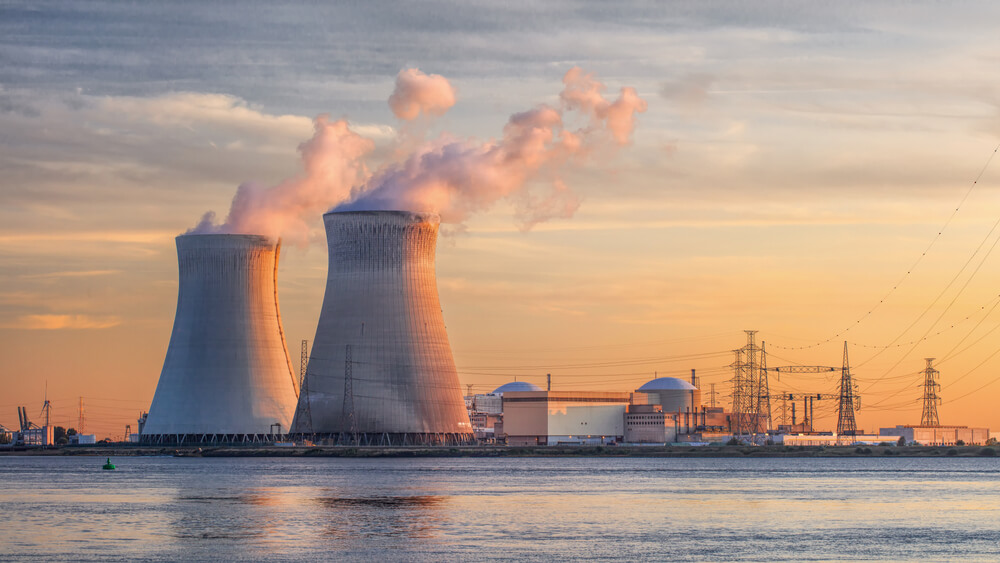The Windscale plant fire accident on October 10, 1957 was Britain’s most severe nuclear accident. The Windscale nuclear reactor plant was producing plutonium for the UK to make its atomic hydrogen bombs. Britain used the first explosive material to test its first atomic weapons in Australia. The test was done on October 3.
How The Fire Started
The Windscale plant had two nuclear reactors. After a routine heating of the first reactor, the graphite control block lost control and the adjacent uranium cartridges raptured. Uranium released from the rapture began to oxidize, releasing radioactive debris. The result was a fire. The flaring fire burned for over 16 hours before it was successfully put out.
The Aftermath
The reactor core was left with around ten tons of radioactive energy. The fire effects were not felt just in the plant; the atmosphere was also affected. A lot of radioactive iodine was released into the air. As a result, no one could even sell milk produced within 200-square-mile of the plant.
Eventually, the radioactivity caused over 190 cancer cases, with over 100 of the cases being fatal.
A Second Fire?
After a few years, it was noticed that something was going on when around 2,000 to 3,000 employees of Calder Hall and Windscale returned home. On the gates of both Windscale and Cedar, security guards were placed but without restrictions on the fences.
Soon it became clear what was happening. The uranium cartridges’ temperature rose to 500 degrees centigrade, nearly double the average temperature. The rapid oxidation of uranium caused radioactive particles in the form of vapor to escape through filters on the chimney top.

